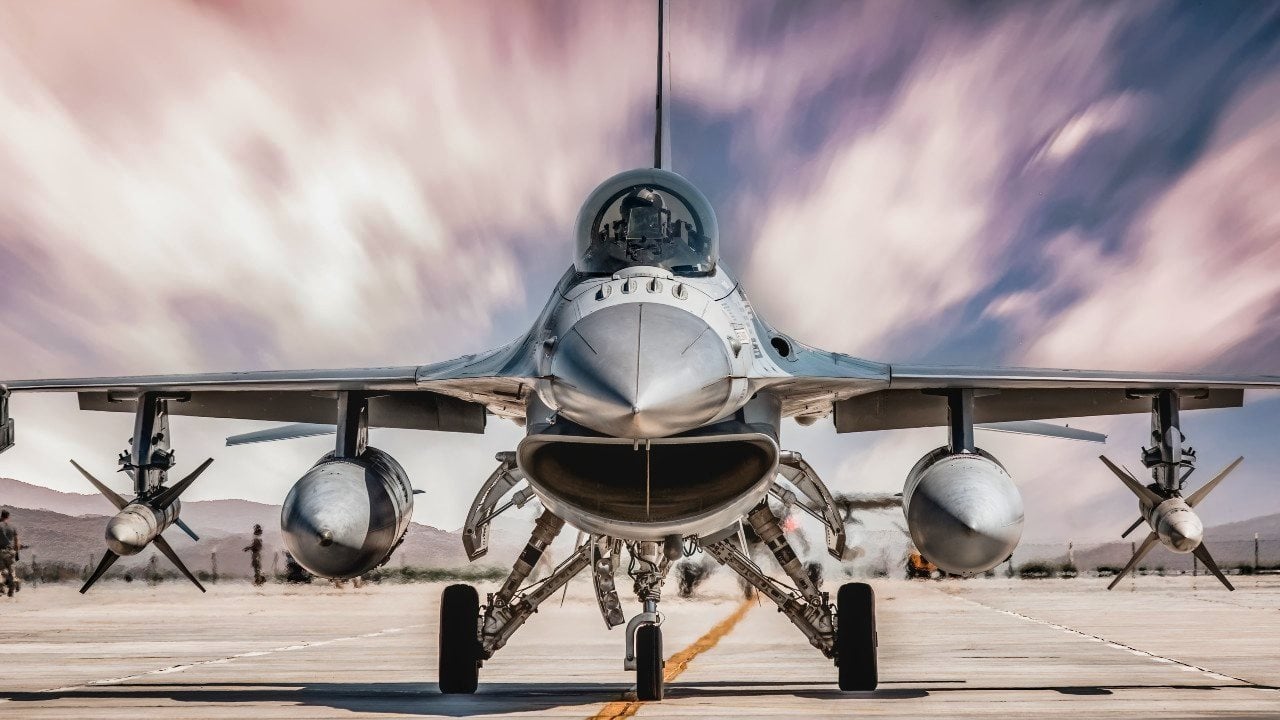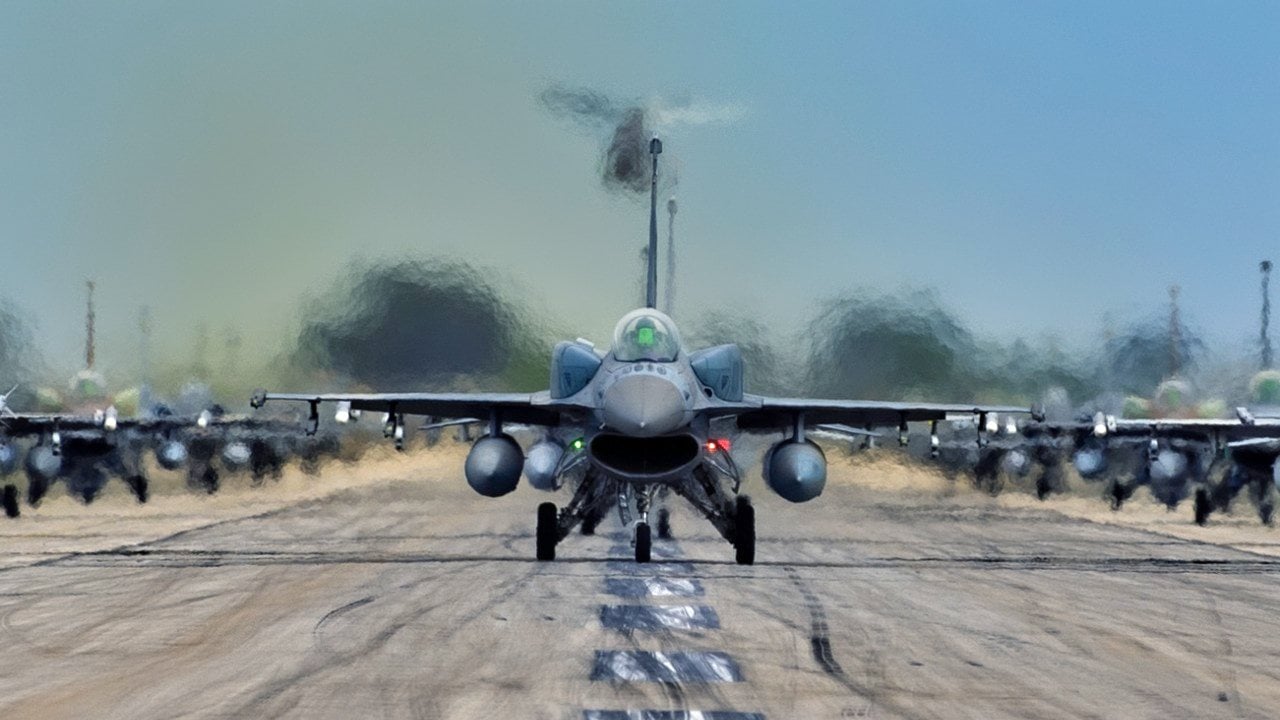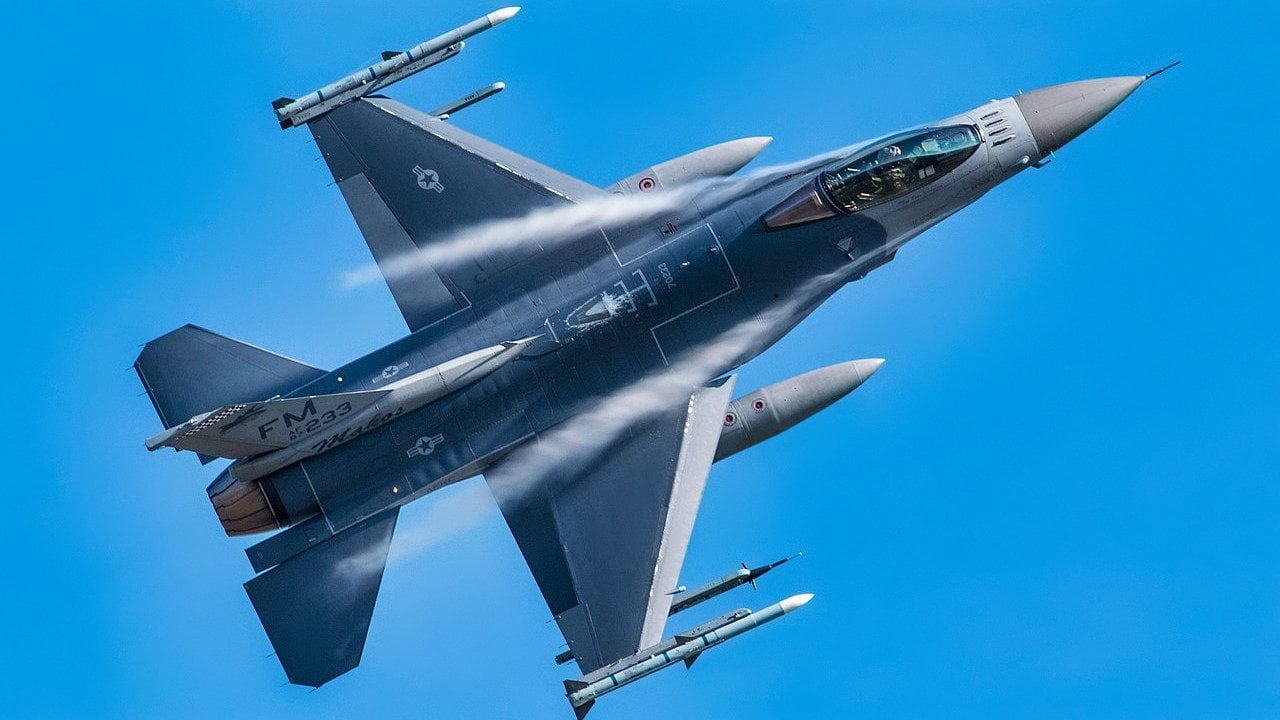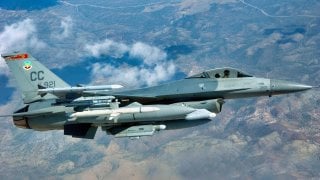AGM-88 HARM Missile: Designed to Destroy Radar in a China or Russia War
The AGM-88 HARM (High-Speed Anti-Radiation Missile) is a vital asset for the U.S. Air Force, Navy, and Marine Corps in Suppression and Destruction of Enemy Air Defenses (SEAD/DEAD) missions.
Summary: The AGM-88 HARM (High-Speed Anti-Radiation Missile) is a vital asset for the U.S. Air Force, Navy, and Marine Corps in Suppression and Destruction of Enemy Air Defenses (SEAD/DEAD) missions.

-Capable of speeds over Mach 2, it autonomously seeks and destroys enemy radar and air defense systems with minimal aircrew interaction.
-As adversaries like China rapidly modernize their military capabilities, the AGM-88 HARM becomes increasingly crucial for maintaining a tactical advantage, particularly in the Indo-Pacific region.
-Its deployment on various aircraft ensures that U.S. forces can effectively counter advanced air defense threats and establish air superiority.
AGM-88 HARM: The U.S. Military’s Key to Dominating Enemy Air Defenses
Capable of speeds over Mach 2, the AGM-88 is designed for minimal aircrew interaction, allowing it to autonomously seek and destroy targets.
-Used by the U.S. Air Force, Navy, and Marine Corps, it is essential for Suppression and Destruction of Enemy Air Defenses (SEAD/DEAD) missions, carried by aircraft like the F-35, F-15EX, F-16C/J, F/A-18C/D, F/A-19E/F, and EA-18G Growler. As adversaries like China rapidly modernize their military capabilities, weapons like the AGM-88 HARM become vital for maintaining a tactical advantage in potential conflicts, particularly in the Indo-Pacific region.
AGM-88 HARM: America's Answer to Advanced Air Defense Systems"
In 2024, air power remains probably the most important aspect of modern, large-scale warfare. But as the fighting in Ukraine has shown, establishing air superiority is challenging against an adversary with similar or superior capabilities. And in the absence of air superiority for either side, the war on the ground drags on.

It is challenging to establish air superiority when an adversary possesses significant air defense systems. Near-peer adversaries like Russia and, especially, China have potent anti-access, aerial-denial (A2/AD) capabilities that can create deadly “bubbles” above specific areas of the battlefield. So, having a munition that can take out enemy radars and air defense systems is important. Enter the AGM-88 HARM.
AGM-88 HARM: Radar, Here I Come
The AGM-88 High-Speed Anti-Radiation Missile (HARM) is an air-to-ground munition designed to take out enemy air defenses.
The AGM-88 HARM is propelled by a smokeless, solid-propellant, dual-thrust rocket motor and can reach speeds of over Mach 2 (approximately 1,500 miles per hour). The munition is almost 14 feet long and weighs about 800 lbs.
What makes the AGM-88 HARM particularly useful is its ability to detect, attack, and destroy a target with minimum interaction by the aircrew. In essence, once the fighter jet fires the munition, it goes wild, hunting for targets that match the necessary electronic description. This capability is particularly useful in a contested environment in which the adversary has potent air defense systems that could endanger aircraft.
Both the Air Force, Navy, and Marine Corps use the AGM-88 HARM for Suppression and/or Destruction of Enemy Air Defenses (SEAD/DEAD) missions. In terms of fighter jets that can carry the munition, the F-35 Lighting II, F-15EX Eagle II, and F-16C/J Fighting Falcon can fire it for the Air Force and the F/A-18C/D Hornet, F/A-19E/F Super Hornet, and EA-18G Growler can handle it for the Navy and Marine Corps. Fighter jets equipped with the AGM-88 HARM will usually go first to suppress or take out enemy air defenses and thus pave the way for other aircraft to establish air superiority or strike targets on the ground.

On a side note, if the necessity arises, the AGM-88 HARM can be matched with other aircraft as well. For example, the Ukrainian Air Force has modified its MiG-29 Fulcrum fighter jets to fire the specialized munition.
Modernizing For the Future
The Air Force, and indeed the whole of the military, is modernizing its platforms and weapon systems to meet current and future threats. But so are America’s near-peer adversaries.
China, in particular, is modernizing fast and without much fanfare. Indeed, Beijing’s actual defense spending is shrouded in secrecy. Depending on the source, China is spending anywhere between $300 to $700 billion on its military per year. The higher end of the spectrum nearly matches the defense spending of the U.S. military, which has historically been unmatched by any other country.

Munitions like the AGM-88 HARM will play a key role in a potential conflict with Beijing, where establishing air superiority could determine the outcome of a conflict in the Indo-Pacific area of operations.
About the Author
Stavros Atlamazoglou is a seasoned defense journalist specializing in special operations and a Hellenic Army veteran (national service with the 575th Marine Battalion and Army HQ). He holds a BA from Johns Hopkins University and an MA from the Johns Hopkins School of Advanced International Studies (SAIS). His work has been featured in Business Insider, Sandboxx, and SOFREP.
Image Credit: Creative Commons.


